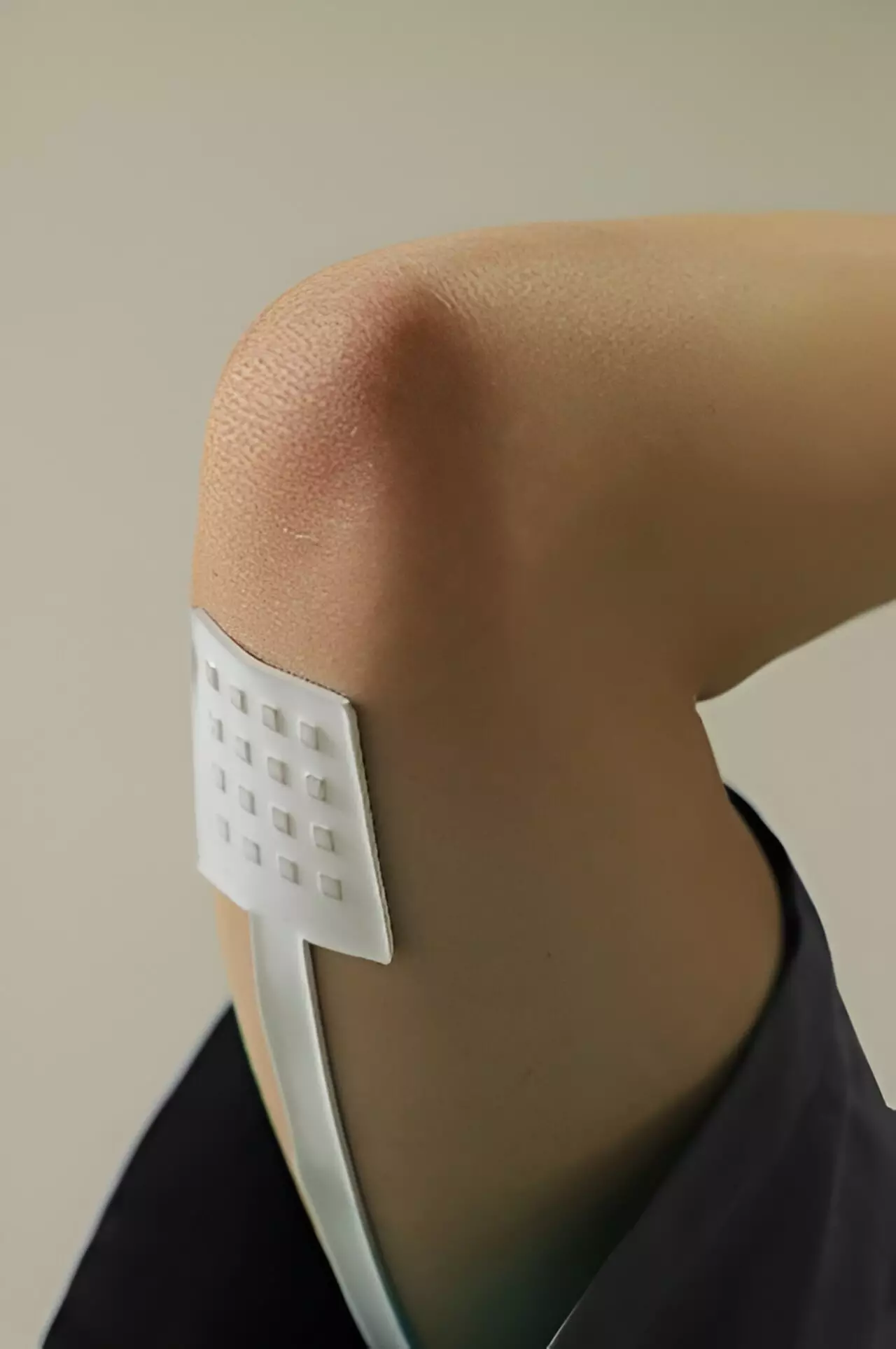The realm of science fiction is slowly merging with reality as researchers from Peking University have made significant strides in developing a set of flexible tactile sensors that can revolutionize the way we perceive and interact with biomechanical signals from our bodies. The use of 3D micro strain gauges as sensing units has paved the way for high-density mapping of pressure, wireless monitoring of biomechanical signals, and decoupled measurement of temperature, normal force, and shear force. This groundbreaking research opens up a world of possibilities for the development of customizable detection mechanisms that can adhere to the surface of our skin.
One of the key aspects of this research lies in the transformation of planar strain gauges into 3D forms using lithographic techniques. This conversion not only expands the sensing modality but also enhances the spatial density in tactile sensing. Han Mengdi, the corresponding author of the paper, highlights the exciting potential of these 3D micro strain gauges in the realm of flexible tactile sensors and electronic skins. The ability to customize the performance of sensors by adjusting the shape of the 3D microstructure, the thickness of each layer of thin film, and the thickness of the encapsulating polymer provides a solid foundation for meeting various needs in the field.
The 3D micro strain gauges, driven by thin film stress, demonstrate excellent consistency and stability, paving the way for parallelization and mass processing capabilities. This process is fully compatible with microfabrication, allowing for seamless integration with microelectronics and macroelectronics. Chen Xu, a Ph.D. student in Han’s lab and a co-first author of the paper, emphasizes the rapid customization potential of sensors based on the processing technology of 3D micro strain gauges. This ability to alter the sensitivity and properties of tactile sensors by manipulating the structural elements opens up a world of customization possibilities.
Each flexible sensor comprises four 3D micro strain gauges oriented orthogonally, enabling the precise decoupling of normal force and shear force for determining the direction and magnitude of external forces. The incorporation of a temperature sensing module further enhances the capabilities of these sensors. Yiran Wang, another co-first author of the paper, discusses the design of an anti-crosstalk circuit to support the spatiotemporal mapping of normal and shear forces using an array of 3D micro strain gauges. This compatibility with both microelectronics and macroelectronics opens up a myriad of potential applications across diverse fields, from robotics to biomedicine and consumer electronics.
The technological advancements in the realm of flexible tactile sensors, driven by 3D micro strain gauges, herald a new era in sensing performance and integration solutions. The opportunities presented by this research are vast, with implications ranging from improved biomedical devices to more interactive consumer electronics. The seamless convergence of cutting-edge technology with biological systems opens up endless possibilities for innovation and advancement. The future of flexible tactile sensors and electronic skins looks brighter than ever, thanks to the pioneering work of researchers at Peking University.


Leave a Reply